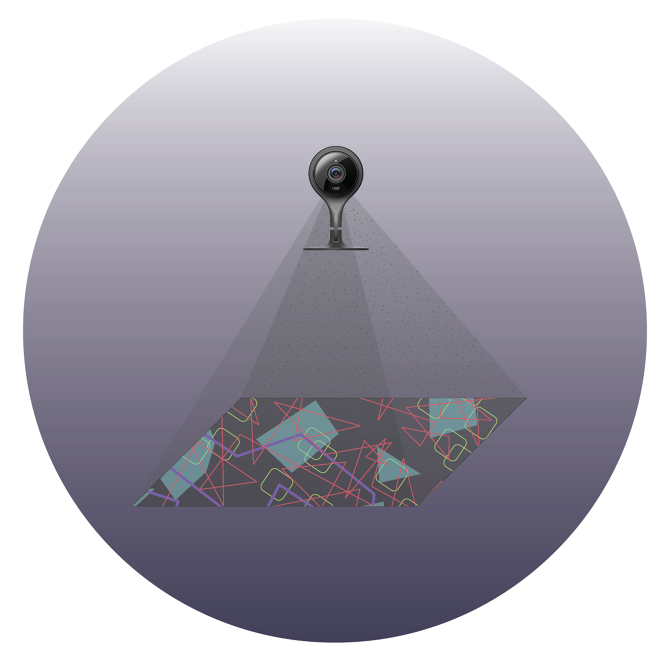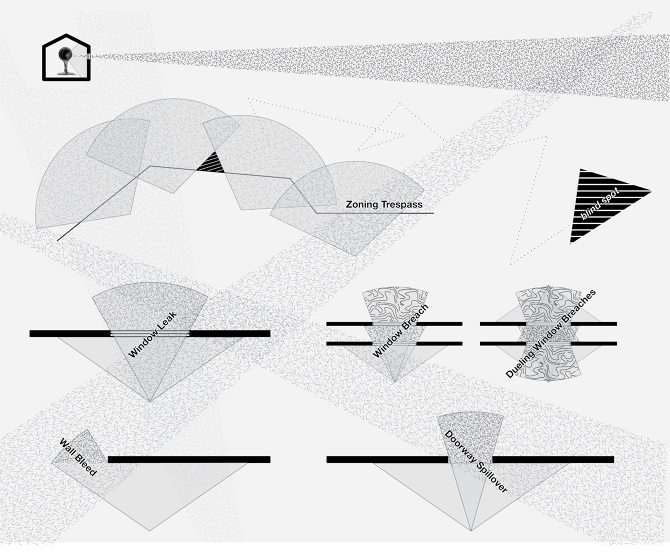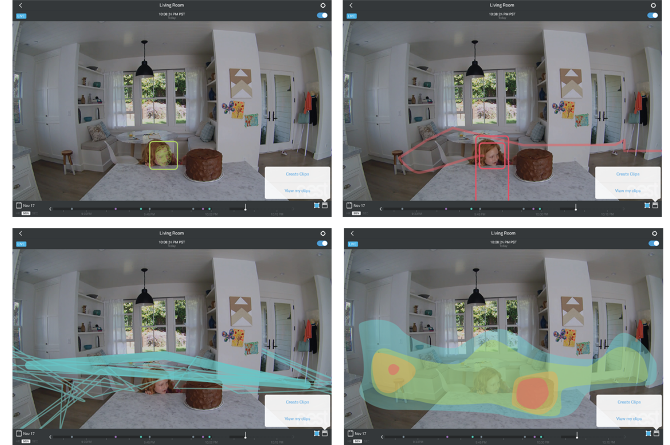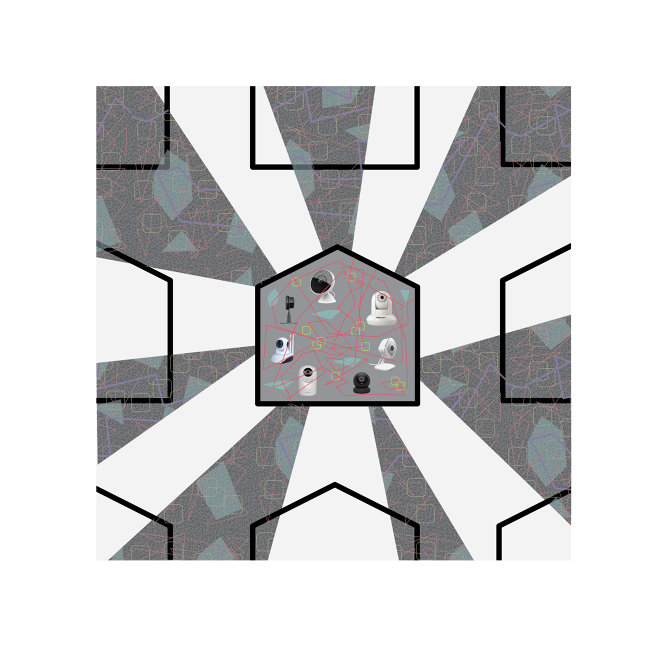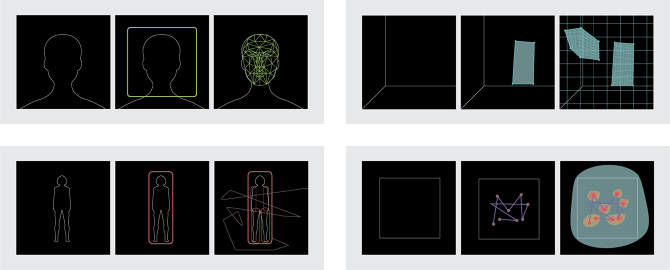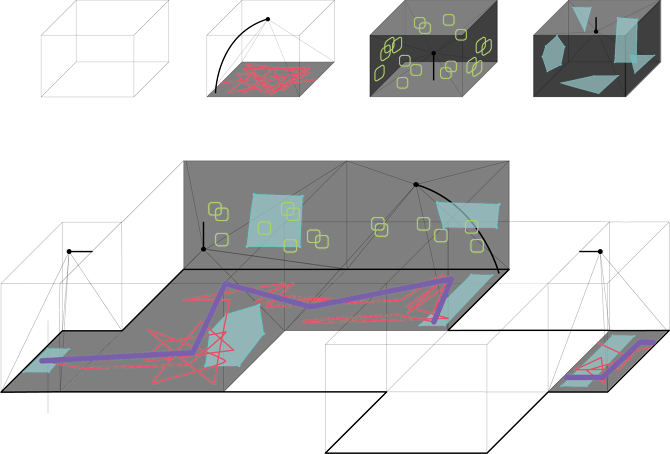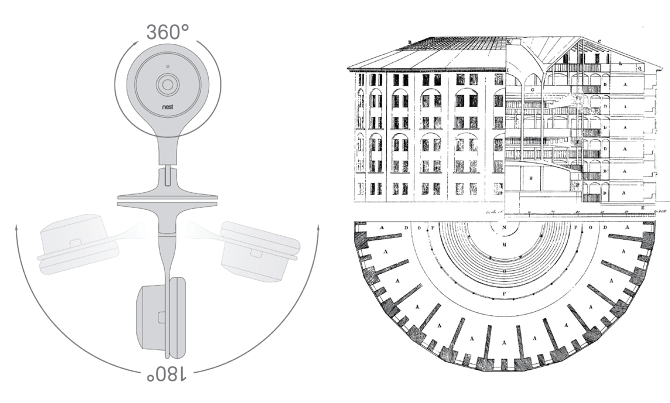
Through a design-led inquiry focused on smart home security cameras, this research develops three key concepts for understanding the normalization of creepy everyday smart technologies such as surveillance cameras inside homes. Digital leakage names the propensity for digital information to be shared, stolen, and misused in ways unbeknownst or even harmful to those to whom the data pertains or belongs. Hole-and-corner applications are those functions connected to users' data, devices, and interactions yet concealed from or downplayed to them, often because they are non-beneficial or harmful to them. Foot-in-the-door devices are product and services with functional offerings and affordances that work to normalize and integrate a technology, thus laying groundwork for future adoption of features that might have earlier been rejected as unacceptable or unnecessary. Developed and illustrated through a set of design studies and explorations, this paper shows how these concepts may be used analytically to investigate issues such as privacy and security, anticipatorily to speculate about the future of technology development and use, and generatively to synthesize design concepts and solutions.
Related Publications
James Pierce (2019). "Smart Home Security Cameras and Shifting Lines of Creepiness: A Design-Led Inquiry." In Proceedings of 2019 CHI Conference on Human Factors in Computer Systems. ACM Press.
Acceptance rate: 23.8% (703 accepted out of 2058 submitted)
[PDF] [ACM]
